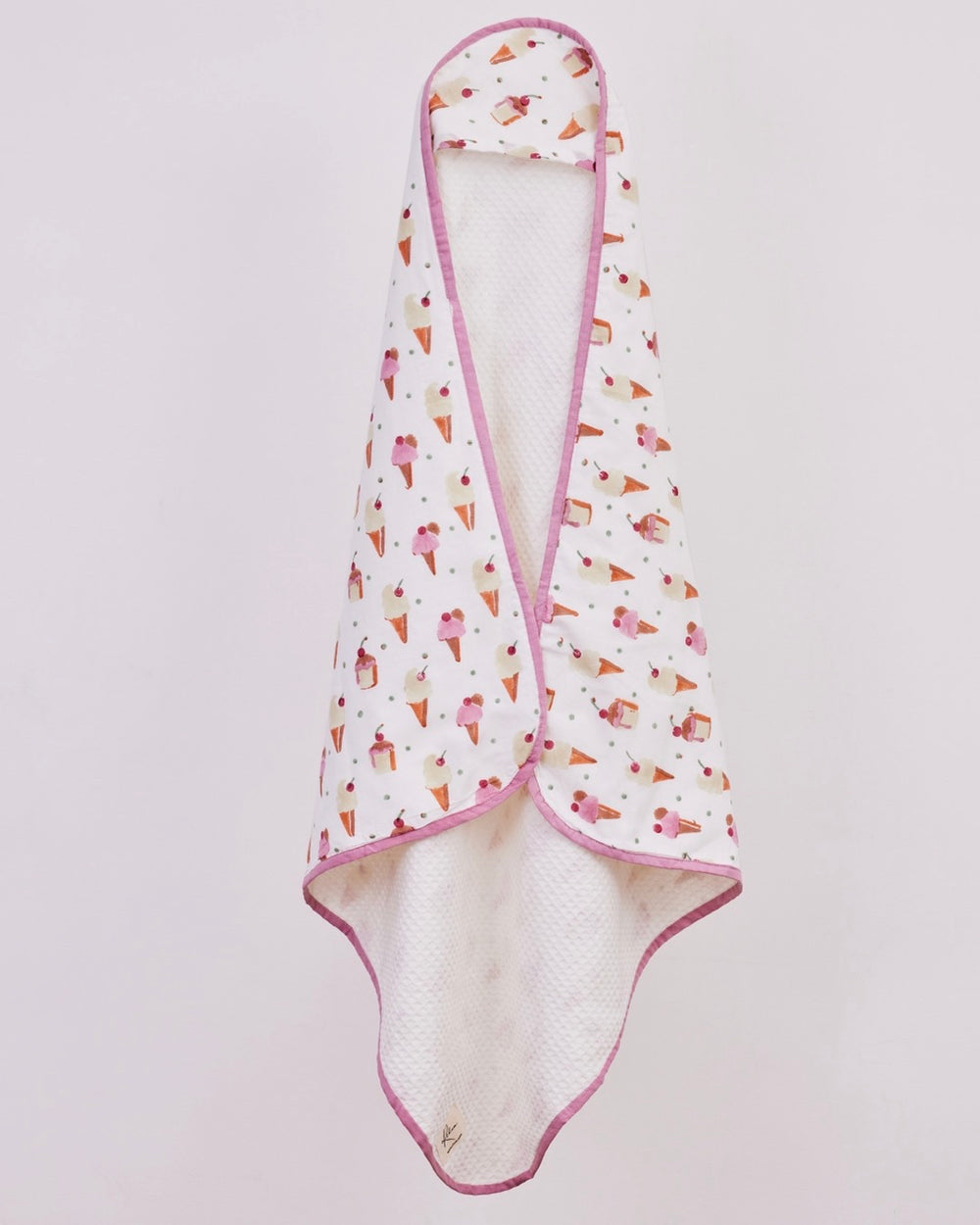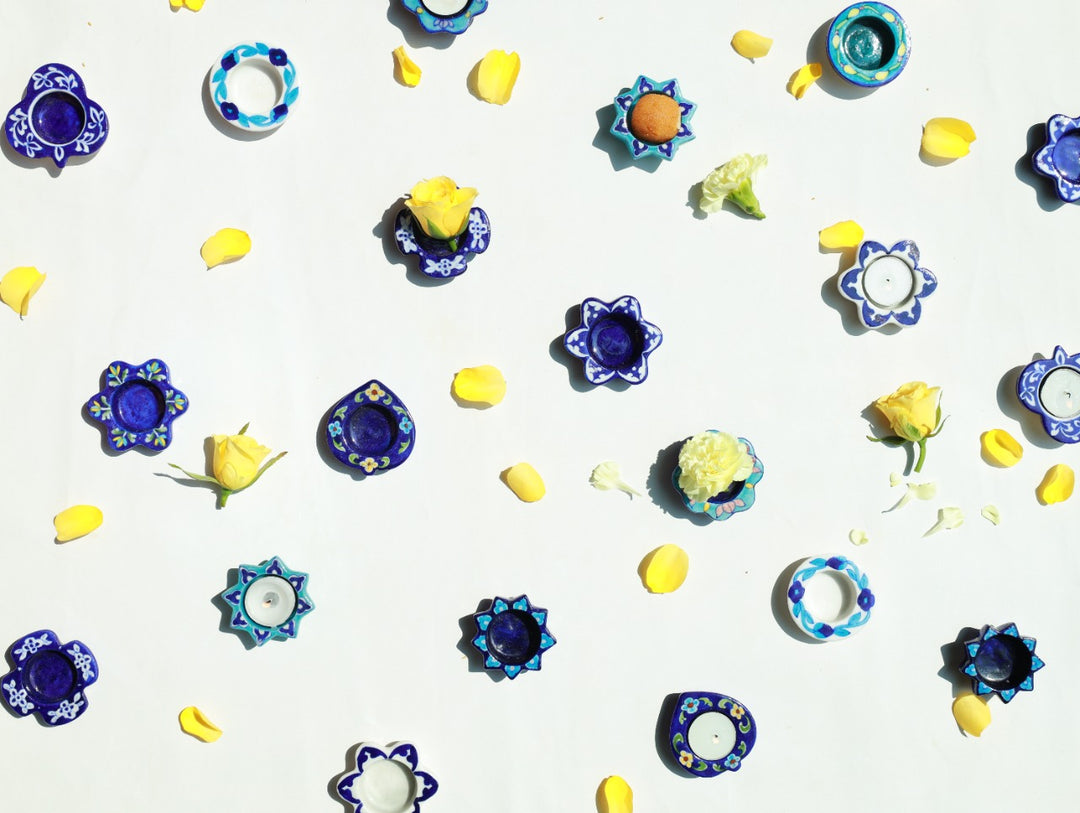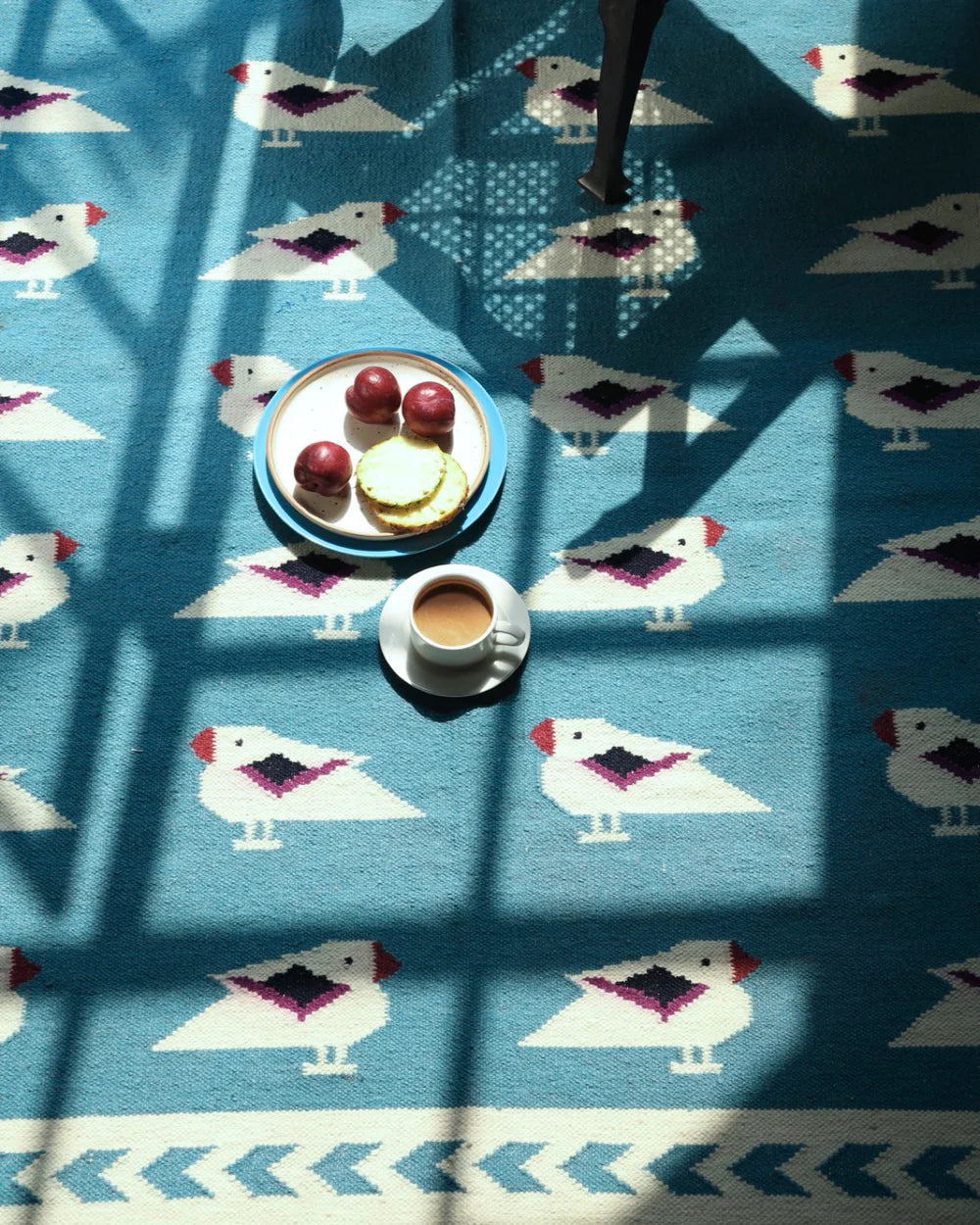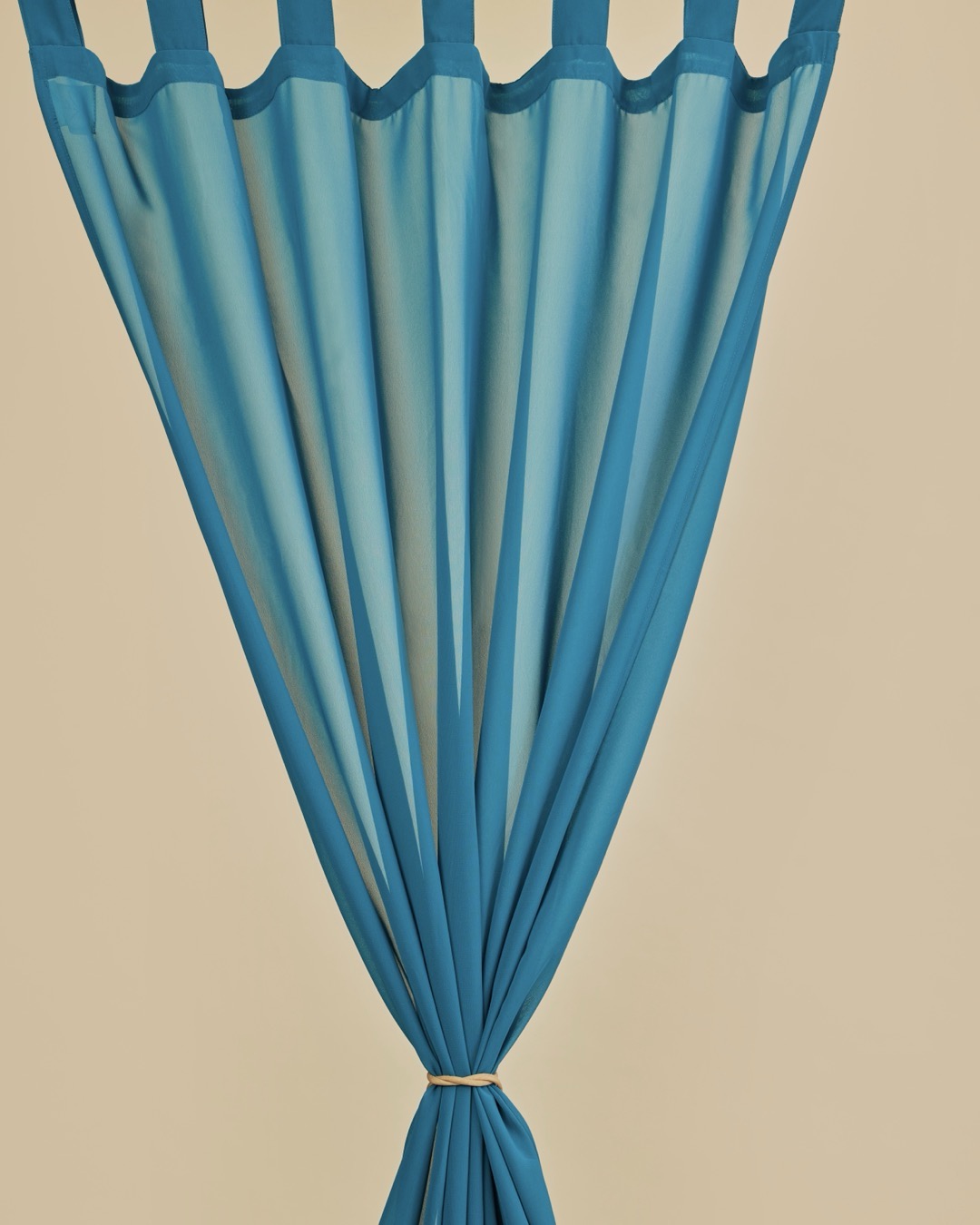Block Carving in Pethapur
Bahaar Meera Jain
April 4, 2021
"Just reach the bus stop in Pethapur and ask for directions to my house. Everyone here knows me!" Mukesh Bhai tells me in a very matter of fact way. I am very sceptical. Which bus stop? Whom shall I ask there? Still, having been over this twice with him already only to get the same reply, I tell the driver to take me to the Bus Stop in Pethapur. With Google maps guiding us, we speed through wide four-lane roads that soon turn to thin dusty lanes. Pethapur is a small town in Gandhinagar district, 7km from the main city and known for block making. I am meeting with Master Craftsman Mukeshbhai Prajapati to get blocks made for my fledgling home décor brand.
Pethapur has a long tradition of block making, dating back at least 300 years. The makers belong to Prajapati and Gajjar communities and it seems the craft developed locally to support the Ajrakh block printers of Kutch. Ajrakh itself is practiced by members of the Khatri community who travelled south from Sindh around the same time.
Keeping in mind the intricate design of Ajrakh, one appreciates the immense skill and dexterity possessed by the craftsmen who make blocks for it. A bow-like apparatus is used to drill holes along the thickness of the wood. The holes are made to allow air to pass through the block, preventing the wicking action of the wind against the paint, causing gaps in the design as it is stamped. After this, the delicate design traced on the block of wood is carefully chiseled away with narrow nails used to depict dainty dots, if the design demands. The wood itself is sourced from the forests of Valsad, from a tree locally known as the ‘Saadh’.
These techniques are what make the craft unique and earned it the GI Tag in 2018. The certification hopes to bring recognition and popularity to the craft and help support the 20 odd families in Pethapur practicing it. Currently, the block making market is centered around Jaipur and Delhi, where cheaper blocks are available in lesser time. Machine carved blocks are also available in the market, while digitally printed fabric has forever threatened livelihoods of these niche artisans. Most artisan’s children are pursuing other ‘lucrative’ career options, with their ancestor’s craft becoming a mere hobby.
We reach the singular bus stop soon enough, where apart from a robust cow- who I am sure wouldn’t have been of much help- there are a couple of balloon and lemonade sellers. I ask them the way to Mukesh Bhai’s house/ workshop, braced for the ridicule I was sure was coming my way. To my surprise, speaking in rapid Gujarati, they point us in the direction of a cluster of densely packed houses.
At Mukesh Bhai’s house, winding steps lead to the second-floor workshop. The wall shelves are adorned floor to ceiling with blocks of varying sizes. Artisans sit at workstations and chisel away at their projects meaningfully. A thick pile of sketches and tracing paper sits on a table. There is harmony in this constant hammering. I finally understand it. What craftsmen mean when they say they feel oneness with their craft. I feel the hammering as a resonating thrum in my heart, and a surreal sense of calm washes over me. An unexpected gust of wind blows a wayward tracing paper towards an open window. Two men, laughing, run to retrieve it. It’s chaotic, it’s noisy and wood splinters cover the floor- I am mesmerized.












Leave a comment